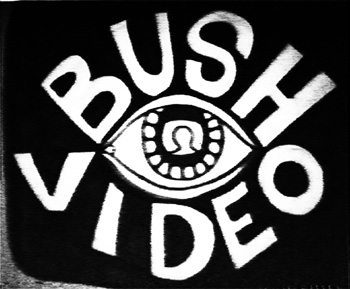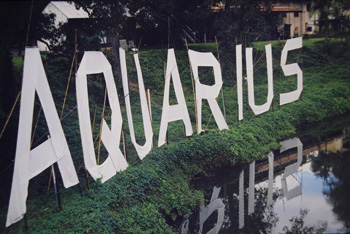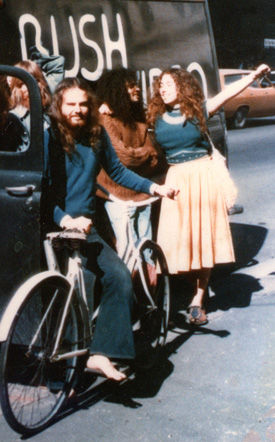Bush Video was a collective of free-wheeling experimentalists, artists, photographers, film and video makers, musicians, and technicians (if you will, hackers) who came together just before the heady days of the Whitlam Government (1972-1975) and the creation of the Australian Film Commission (AFC) in 1975.
Bush Video received funding from the (proto AFC) Australian Film Development Corporation (AFDC) formed in 1970 under the Gorton government (1968-1971), and as an organisation first funded many bleeding-edge experimental and new media arts projects in 70s and 80s Australia. In fact, the impact on Australian culture worldwide was crucially assisted by the AFDC at this time (but that's another story..).
Bush Video's development was part of the explosion of creative development in Australia that began in the late 1960's across all fields of artistic production, fanning the flames of a new kind of radical and independent Australian expression that was enthusiastically adopted by local audiences, and gradually, worldwide. This "new wave" took Australian books, films, actors, and a peculiar Australian style of innovative development, not just around Australia for the first time, but around the world. I'd say zeitgeist, but it's a cliche.
Bush Video was one the many independent video production groups that sprang up around the world , encouraged by the new low price and mobility afforded by "domestic" (low price) half inch, open reel, black and white, portable video recorders, first developed in 1965. This early example of the "democratising" potentials of new, accessible technologies, gave new voices access to powerful news and information gathering and dissemination tools previously only used by high end professional media organisations and governments.
As a kind of Magic Bus meets Outside Broadcast (OB) Van, the Bush Video media bus travelled to many places to record local events, having notably started its life as part of the fourth 1973 Aquarius Festival, where it set up one of the first Video Access Centres. The 1973 Aquarius Festival was held at the rural village of Nimbin in northern New South Wales, eastern Australia.
The series of bi-annual "new age" arts festivals quickly became a focus, emblem of, and inspiration to, the burgeoning counter-culture of the day.
One of those inspired, Ariel, attended the third festival, by now called the Aquarius Festival, in the capital, Canberra in 1971, and so also attended the Nimbin Aquarius Festival in 1973 where he met, and became a member of, the Bush Video collective.
Along with other members of Bush Video (including Mick Glasheen, Jonny Lewis, "Fat" Jack Jacobsen, Joseph el Khourry, John Kirk, and others), he was involved in the creation of experimental video work, with his particular interest being electronic image manipulation and synthesis.
This work encompassed computer graphics and visualisation, digital video and photography, bio-feedback, interactive art, and performance systems, and colour and display synthesis and manipulation.
For the proto-hacker culture of Bush Video, where the current (and at that time, very limited) hardware or software stood in the way, they would design and create their own standards, in league with their hacker confederates, blazing a trail through unknown territories: interaction, bio-feedback, computer controlled - and hence mathematically precise - control of video (visual) input and output, and the development of the underlying communications infrastructure and protocols of our media soaked and interconnected world today.

Bush Video logo 1973

Aquarius Festival sign 1973

Ariel with bike in front of Bush Video bus 1974
(picture, Jonny Lewis)